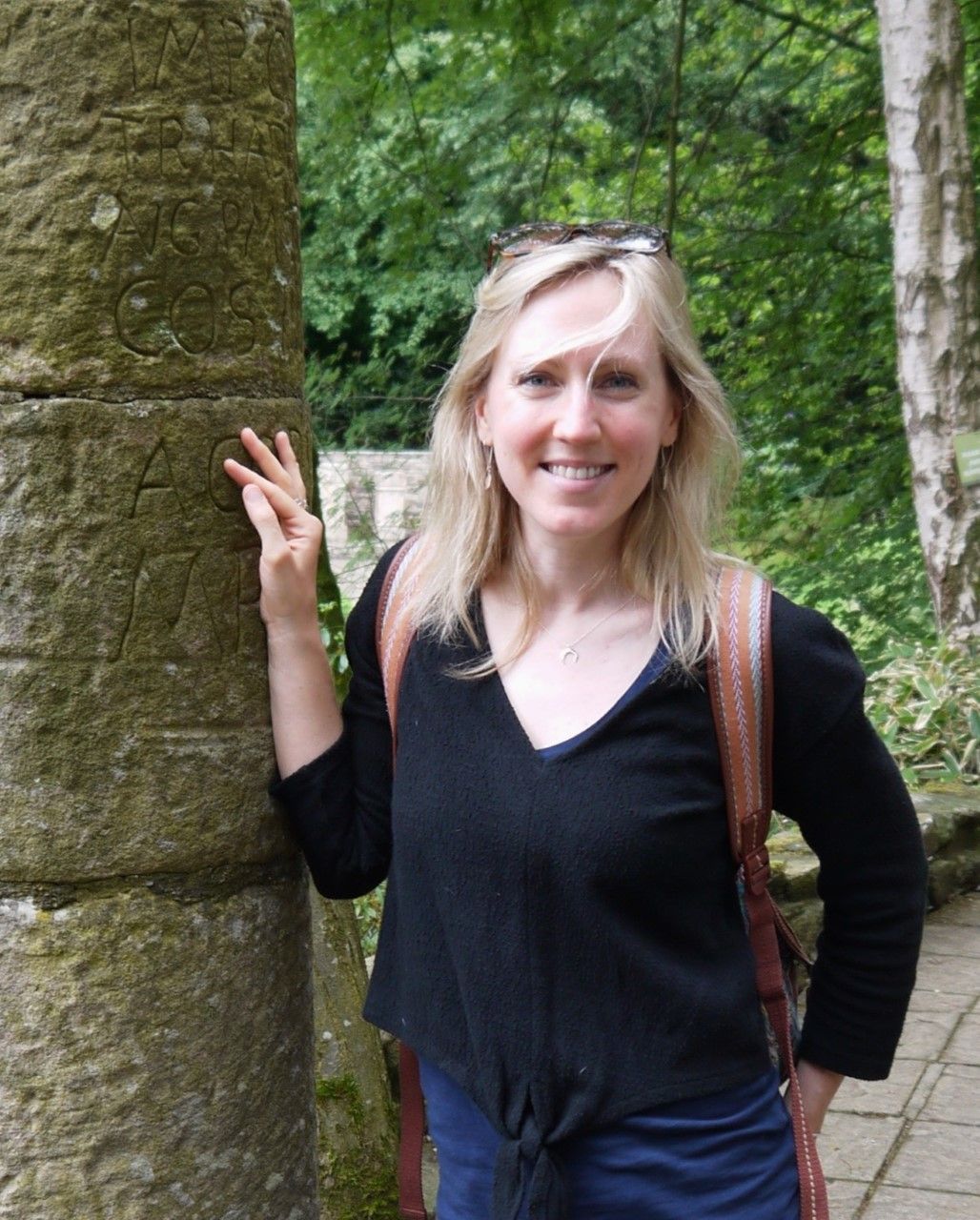
What do you see as the biggest debates in the study of the military body?
I contend that bodies have always been central to warfare: war, as Elaine Scarry put it, is precisely about fighting, injury and physical prowess, within and beyond the real or virtual battlefield. However, this is a facet of war-making which is not always present in military history, particularly in the history of war in the ancient Mediterranean, where studying ‘warfare’ predominantly involves learning about strategies, tactics, and technologies of war, or coming at the topic from the angle of politics, economics and international diplomacy. My research, in tandem with an emergent interest amongst Ancient History scholars, aims to change that by exploring more holistic, critical approaches to war in the ancient Mediterranean.
What representations of the military body in art do you find the most interesting?
As a Roman historian, I am both fascinated and disconcerted by the ubiquity of the Roman soldier in the modern western imagination: he’s everywhere! The centurion, usually white, sporting his red cloak and fringed helmet, is one of the most recognisable icons of the Roman empire who appears across modern pop culture and social spaces. This figure evokes a highly complex set of ideologies and value systems concerning patriarchy, imperialism, colonialism, which I think ought to be interrogated more rigorously in terms of their connection to present-day attitudes to war and violence.
What are you currently working on?
I am currently working on two publications: the first, developing my PhD thesis into a monograph which explores a new approach to reading Roman narratives of war. ‘Arms and the Many: Multiplicity in Lucan’s Civil War’ presents a new interpretation of a notoriously violent Latin epic poem about the wars of the 1st century BCE (which led to the collapse of the Republic and the rise of autocracy in Rome) by developing a reading practice informed by the work of post-structuralist thinkers, Gilles Deleuze and Félix Guattari. I aim to show how reading with ‘multiplicity’ and its related concepts is a productive methodology for approaching war narratives, particularly the role of the soldierly body in these texts. The second publication is an interdisciplinary edited volume entitled ‘The Body of the Combatant in the Ancient Mediterranean’ – a theme very pertinent to the interests of this DRN In Conversation series. In 2018, I hosted a colloquium which brought together scholars from across disciplines in exploring the perception and function of the soldierly body in ancient materials; the book will pioneer an approach to ancient warfare which starts from the body and its role in war-making.
Alongside these, I am growing a pedagogical research network entitled Researching and Teaching Ancient Warfare in Education, collaborating with teachers in schools, colleges and universities to develop more holistic resources and practices for teaching ancient warfare in HE and FE.
What was your path to where you are now?
I have been very fortunate to be mentored by some incredible, progressive thinkers throughout the development of my academic career, and the direction taken in my own research can be largely accredited to their influence. As an undergraduate in Classical Studies at Bristol, I was inspired by reception scholars, Ika Willis and Vanda Zajko, respectively, to explore narratives of violence in ancient texts and modern culture – not necessarily in the sense of the ancient literature directly informing modern receptions, but reading parallels across time and texts to generate new understandings of how violence functions through language. That critical, comparative approach to studying texts has stayed with me ever since, leading to an MA in Reception and Critical Theory, then a PhD in Classics and Ancient History (also at Bristol) supervised by Ellen O’Gorman, a project which explored post-structuralist approaches to Latin poetic war narratives, which is now being revised for publication.
As I dug deeper into what is often termed ‘military history’, I perceived that the real, visceral ramifications of violence, warfare and military cultures in Ancient Rome have been devastatingly undertreated in most scholarship on war and its many forms. At the moment, I am exploring new ways to address this absence in Ancient Mediterranean studies while, moreover, investigating how such a narrow depiction of Roman warfare in modern receptions can impact conceptions of gender, class and race today.
What is the most effective teaching method you have delivered or seen delivered?
As part of my work in outreach and widening participation, I designed and delivered a series of workshops entitled ‘Experiencing War in the Roman World’, in collaboration with Classics teacher and scholar, Rob Hancock-Jones. In the secondary school curriculum, ancient warfare is taught predominantly on a rote-learning basis, with the emphasis on political and strategic aspects of war-making in ancient Greece and Rome. This is not an effective way to teach war: if students only learn about the design of Athenian warships or the number of pitched battles between Carthage and Rome, then they are not really learning about the many complex issues bound up in war-making (willing or unwilling). The curriculum also features little discussion of the role of women in relation to ancient warfare, an exclusion which serves to perpetuate the notion that studying Ancient Mediterranean history does not need to include studying women.
My workshops aimed to enrich and also challenge the focus of the curriculum, while simultaneously being suitable for introducing Ancient History to pupils who were perhaps new to the subject. They did this most effectively by drawing comparisons between the experience of the soldier in ancient Rome and today: students across KS3-5 were intrigued by the similarities in the age of soldiers, their diverse backgrounds, and themes of cohort identity, but also the evidence for soldiers missing their families or simply being terrified of battle. Like university students, pupils explored ancient texts (in translation) themselves, allowing them to access the words of ancient soldiers, and people writing about soldiers, virtually first-hand. I also allowed for plenty of group discussion, so students could freely share their interpretations without worrying whether or not they had ‘the right answer’, and encouraged students to be creative in their responses by writing or drawing their ideas.
Along with the now (thankfully) widespread work towards decolonising Ancient Mediterranean studies in the classroom, I continue to develop more holistic approaches to researching, teaching and learning about war.
Visit the In Conversation catalogue page for more interviews.

